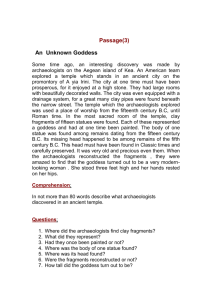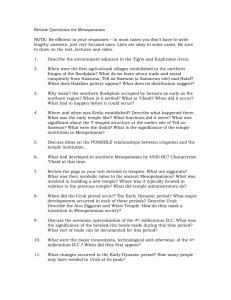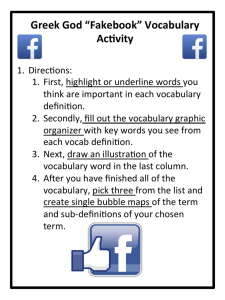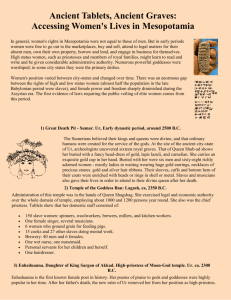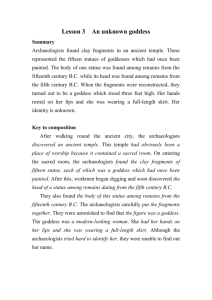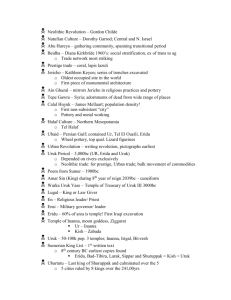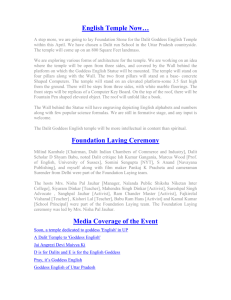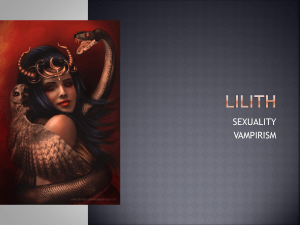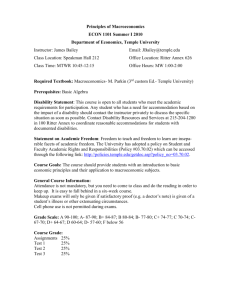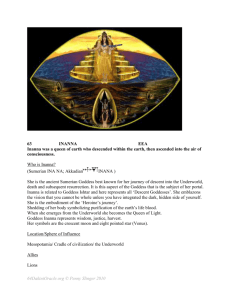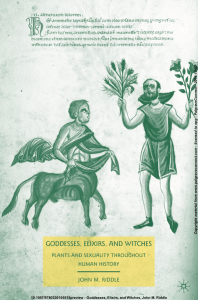03-04 Ancient Near East (2002)
advertisement
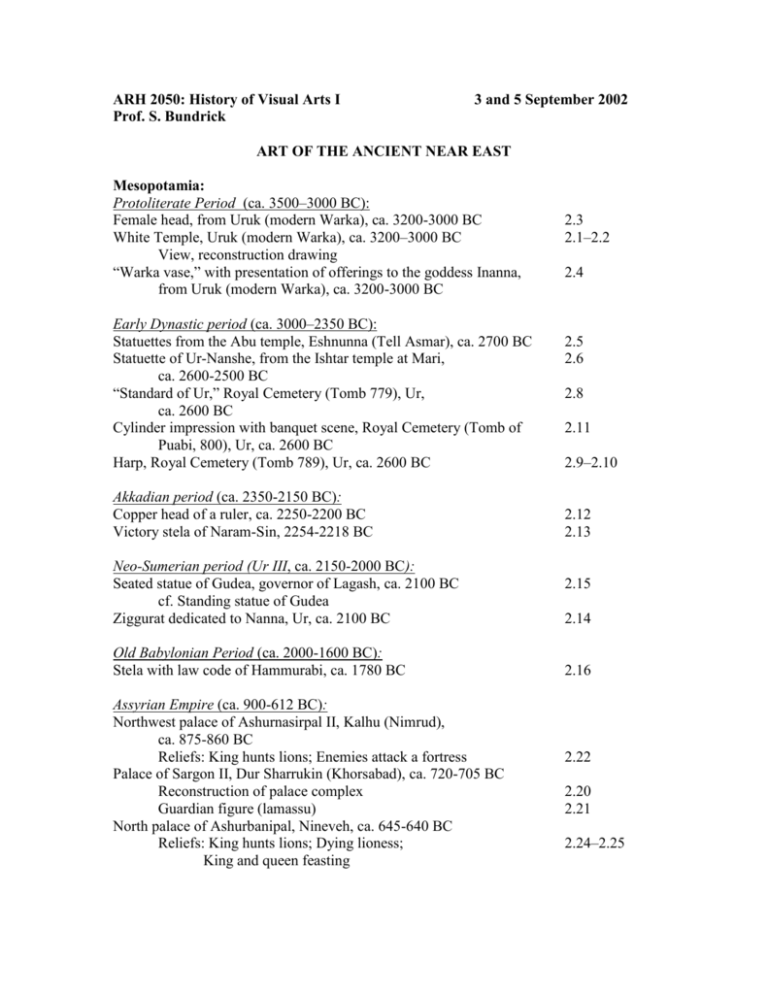
ARH 2050: History of Visual Arts I Prof. S. Bundrick 3 and 5 September 2002 ART OF THE ANCIENT NEAR EAST Mesopotamia: Protoliterate Period (ca. 3500–3000 BC): Female head, from Uruk (modern Warka), ca. 3200-3000 BC White Temple, Uruk (modern Warka), ca. 3200–3000 BC View, reconstruction drawing “Warka vase,” with presentation of offerings to the goddess Inanna, from Uruk (modern Warka), ca. 3200-3000 BC Early Dynastic period (ca. 3000–2350 BC): Statuettes from the Abu temple, Eshnunna (Tell Asmar), ca. 2700 BC Statuette of Ur-Nanshe, from the Ishtar temple at Mari, ca. 2600-2500 BC “Standard of Ur,” Royal Cemetery (Tomb 779), Ur, ca. 2600 BC Cylinder impression with banquet scene, Royal Cemetery (Tomb of Puabi, 800), Ur, ca. 2600 BC Harp, Royal Cemetery (Tomb 789), Ur, ca. 2600 BC Akkadian period (ca. 2350-2150 BC): Copper head of a ruler, ca. 2250-2200 BC Victory stela of Naram-Sin, 2254-2218 BC Neo-Sumerian period (Ur III, ca. 2150-2000 BC): Seated statue of Gudea, governor of Lagash, ca. 2100 BC cf. Standing statue of Gudea Ziggurat dedicated to Nanna, Ur, ca. 2100 BC Old Babylonian Period (ca. 2000-1600 BC): Stela with law code of Hammurabi, ca. 1780 BC Assyrian Empire (ca. 900-612 BC): Northwest palace of Ashurnasirpal II, Kalhu (Nimrud), ca. 875-860 BC Reliefs: King hunts lions; Enemies attack a fortress Palace of Sargon II, Dur Sharrukin (Khorsabad), ca. 720-705 BC Reconstruction of palace complex Guardian figure (lamassu) North palace of Ashurbanipal, Nineveh, ca. 645-640 BC Reliefs: King hunts lions; Dying lioness; King and queen feasting 2.3 2.1–2.2 2.4 2.5 2.6 2.8 2.11 2.9–2.10 2.12 2.13 2.15 2.14 2.16 2.22 2.20 2.21 2.24–2.25 Neo-Babylonian Empire (612-539 BC): Ishtar Gate and Processional Way, Babylon, ca. 575 BC 2.26 Persia: Achaemenid Empire (ca. 539-331 BC): Palace complex of Kings Darius I and Xerxes I, Persepolis Plan of the complex Audience hall (apadana) and eastern stairway Relief from apadana with subjects bringing gifts Relief with king giving audience Terms: polytheism Abu lost-wax technique Assur (=Ashur) Ahuramazda cuneiform Leonard Woolley Shamash Henry Austen Layard Nebuchadnezzar 2.27 lapis lazuli bitumen lamassu Inanna/Ishtar Sargon of Akkad diorite Lagash Alabaster vase with scenes of offering to Inanna, from Uruk (Warka), ca. 3500-3000 BC -decoration in registers (three) -top: presentation to the goddess -imported stone—luxury object -over 3 ft high, one of a pair—restored in antiquity, eg ancient repairs to head of goddess -clues to temple ritual -top register: naked figure approaching Inanna with basket of fruit—priests approaching nude, perhaps to show difference in status b/w priest and deity? (or humility?)—contrast this with the nudity on the Narmer Palette -figure behind priest clothed in long ribe (king?), servant behind holds girdle of king’s skirt -behind goddess, assortment of objects, inc 2 vases, 2 vessels, one in shape of goat another in shape of lion, baskets of fruit—temple possessions or offerings? -middle register: procession of nude males bringing offerings to the temple -bottom register: procession of sheep and rams, register of grain and flax below— animal/crops referring to temple possessions and to abundance that goddess can provide -decoration emphasizes vase shape and is pleasing to eye -no attempts at depth, no background -conceptual rendering of human figure -valuable vasedonated by ruler or some other elite person -“first great work of narrative relief sculpture known” (Gardner) -lower registers: staple commodities of the Sumerian economy -use of groundlines here is new -note use of hierarchy of scale here for the “priest-king” and the goddess/priestess figure -symbolic marriage of priest-king and the goddess?
